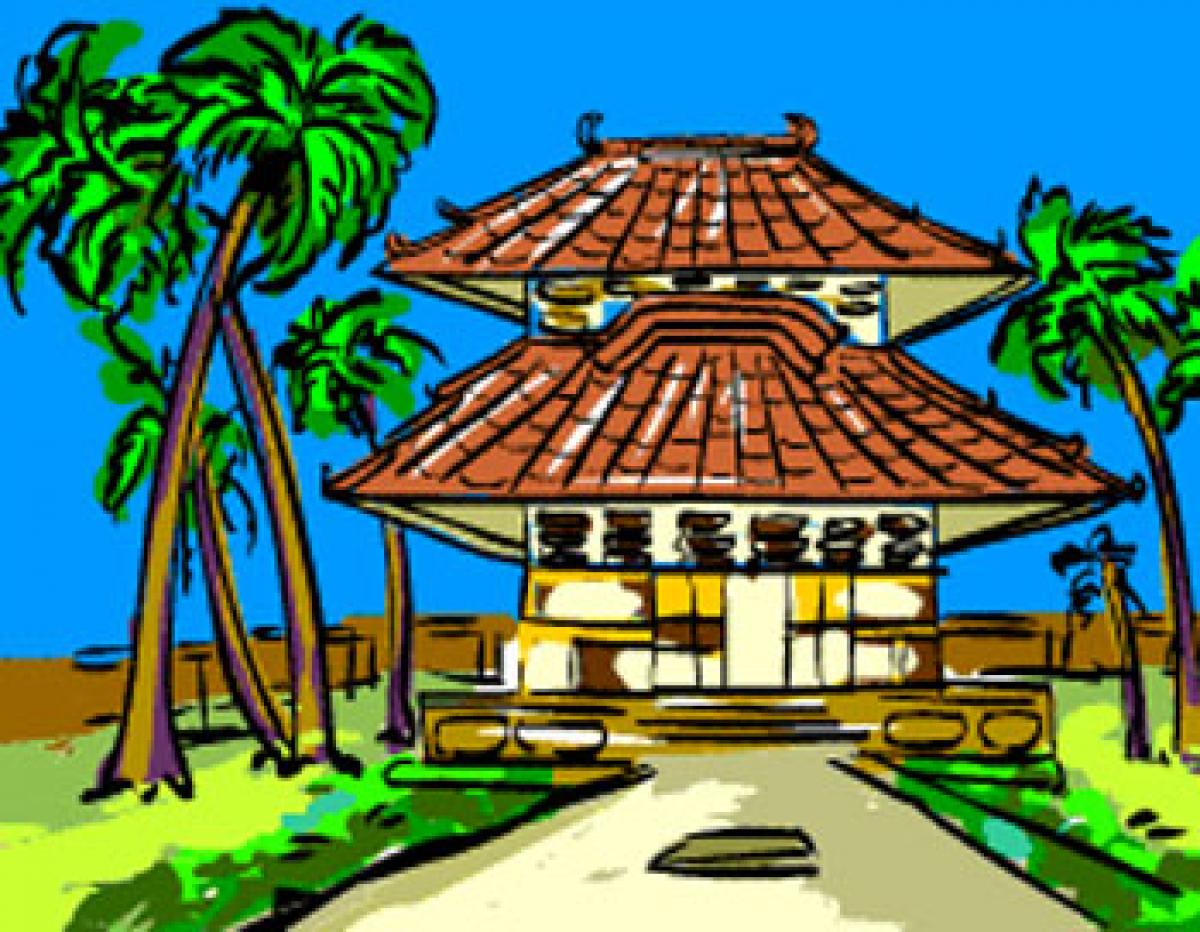Live
- Actor and Youth Ambassador Darasing Khurana Highlights Mental Health Issues with Singapore PM
- Heavy FII selling in India to taper off soon, say market watchers
- Esports Mania Grips India: What are the Trends Fueling this Growth?
- AI-Powered CRM: Shaping the Future of Customer Relationship Management
- AI and Fraud Prevention in Pharmacy: Fayazoddin Mohamad’s Vision for a Safer Industry
- Google Gemini Prepares for a Smarter AI Era
- The Future of Healthcare: Bharath Kumar Kakkireni on Transforming Patient Care with Innovative Solutions
- We expected better results in Maha polls: Congress
- Jana Sena Party Celebrates Sathya Sai Baba's 99th Birthday with Community Service Initiatives
- Jana Sena Party Celebrates Sathya Sai Baba's 99th Birthday with Community Service Initiatives









